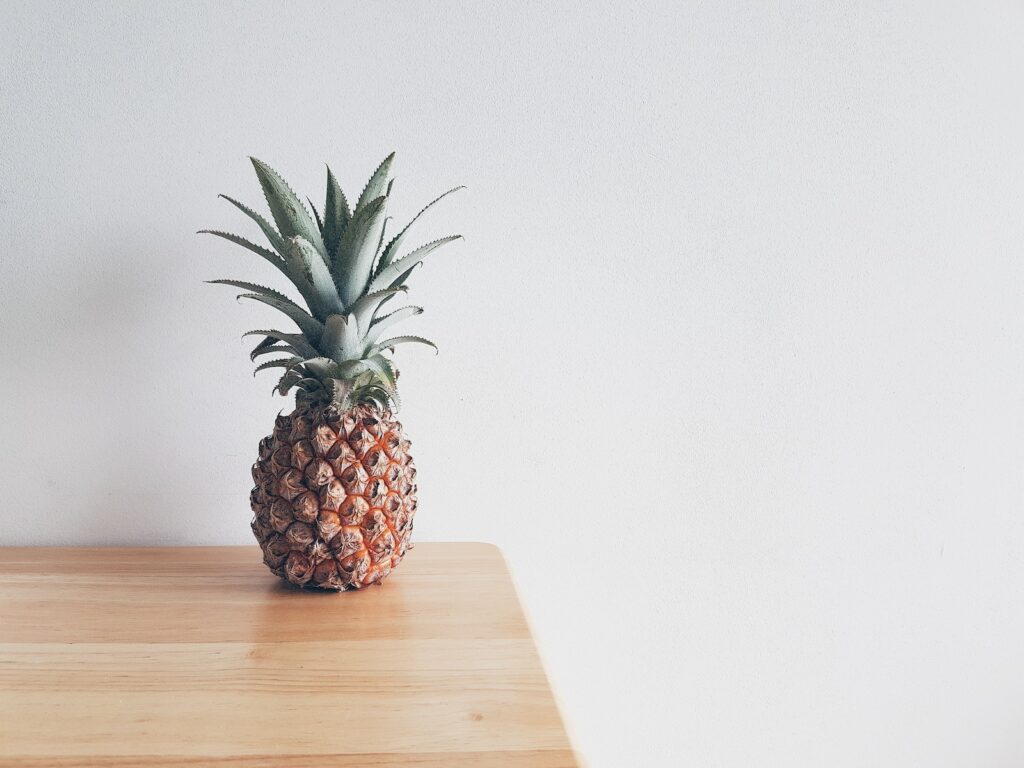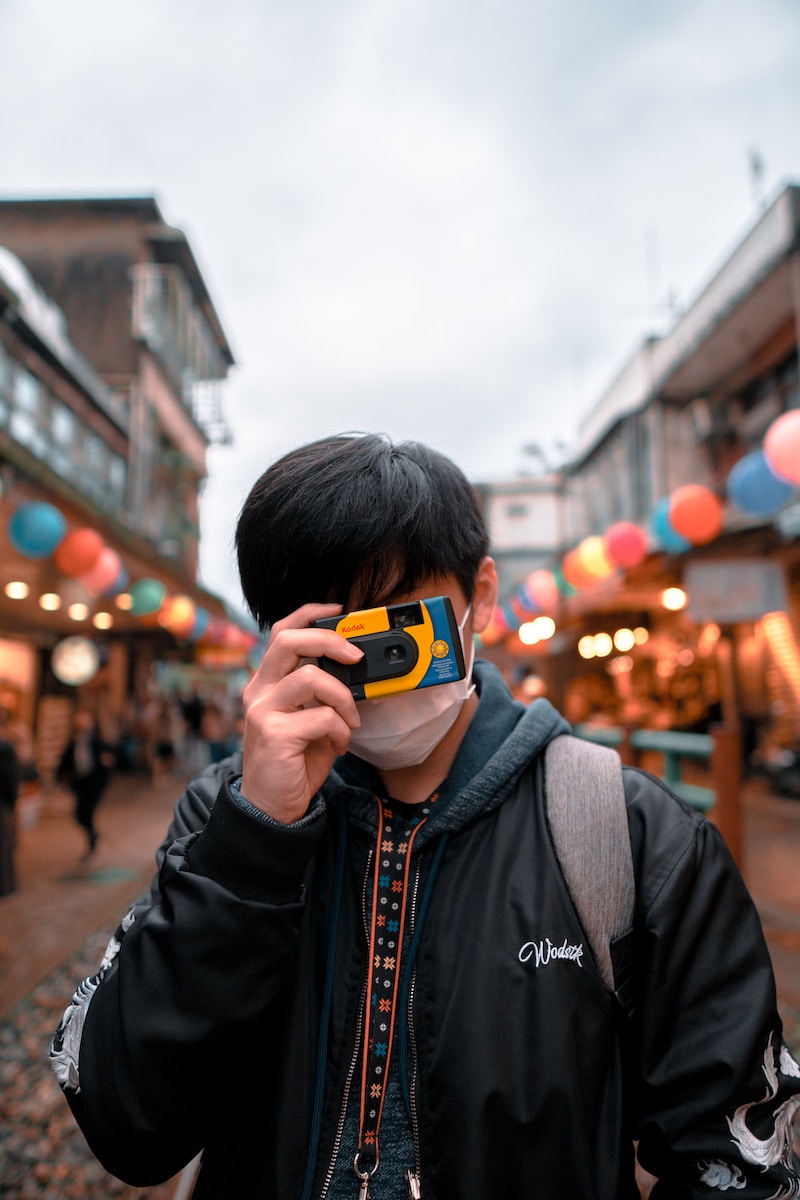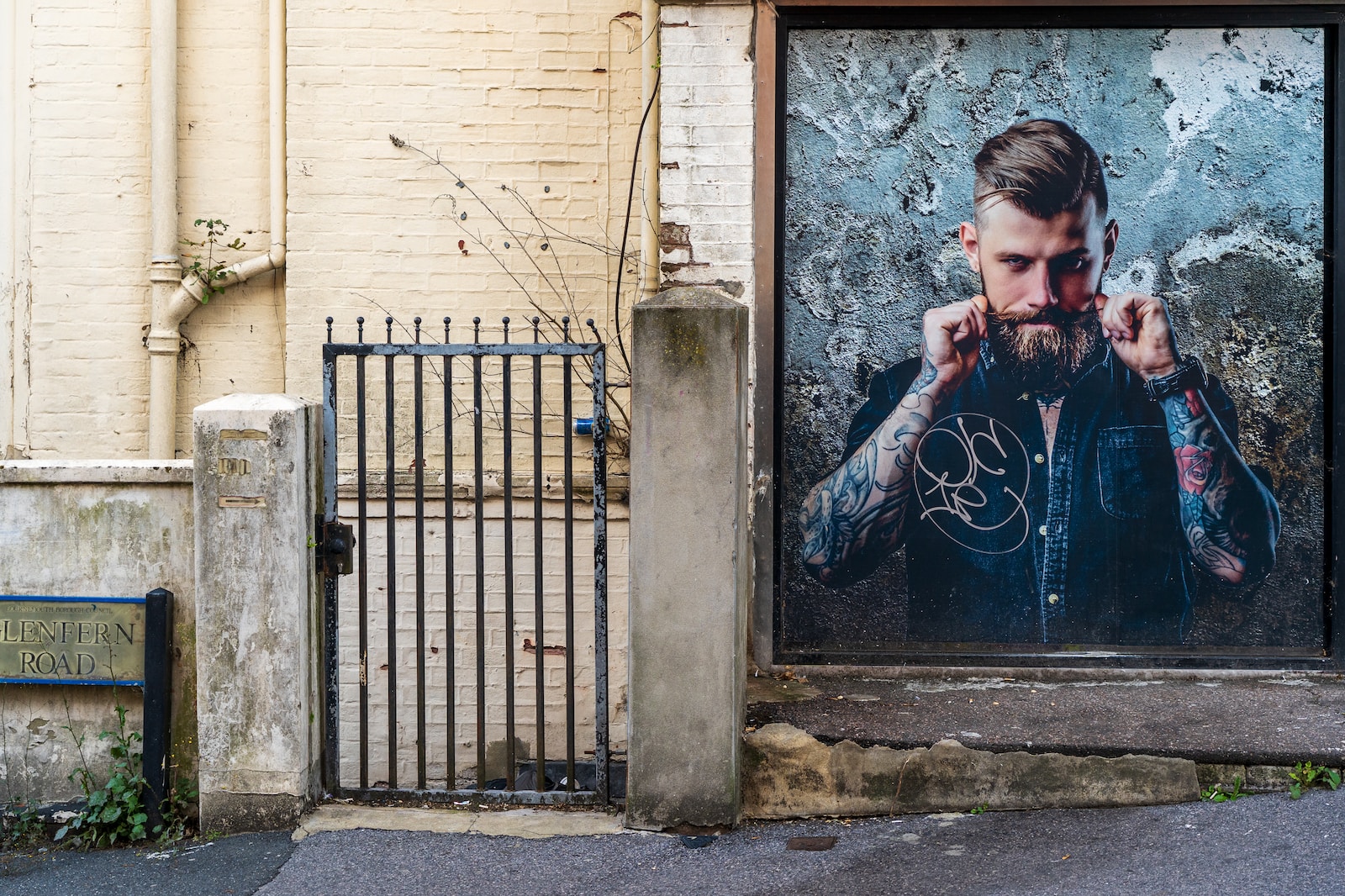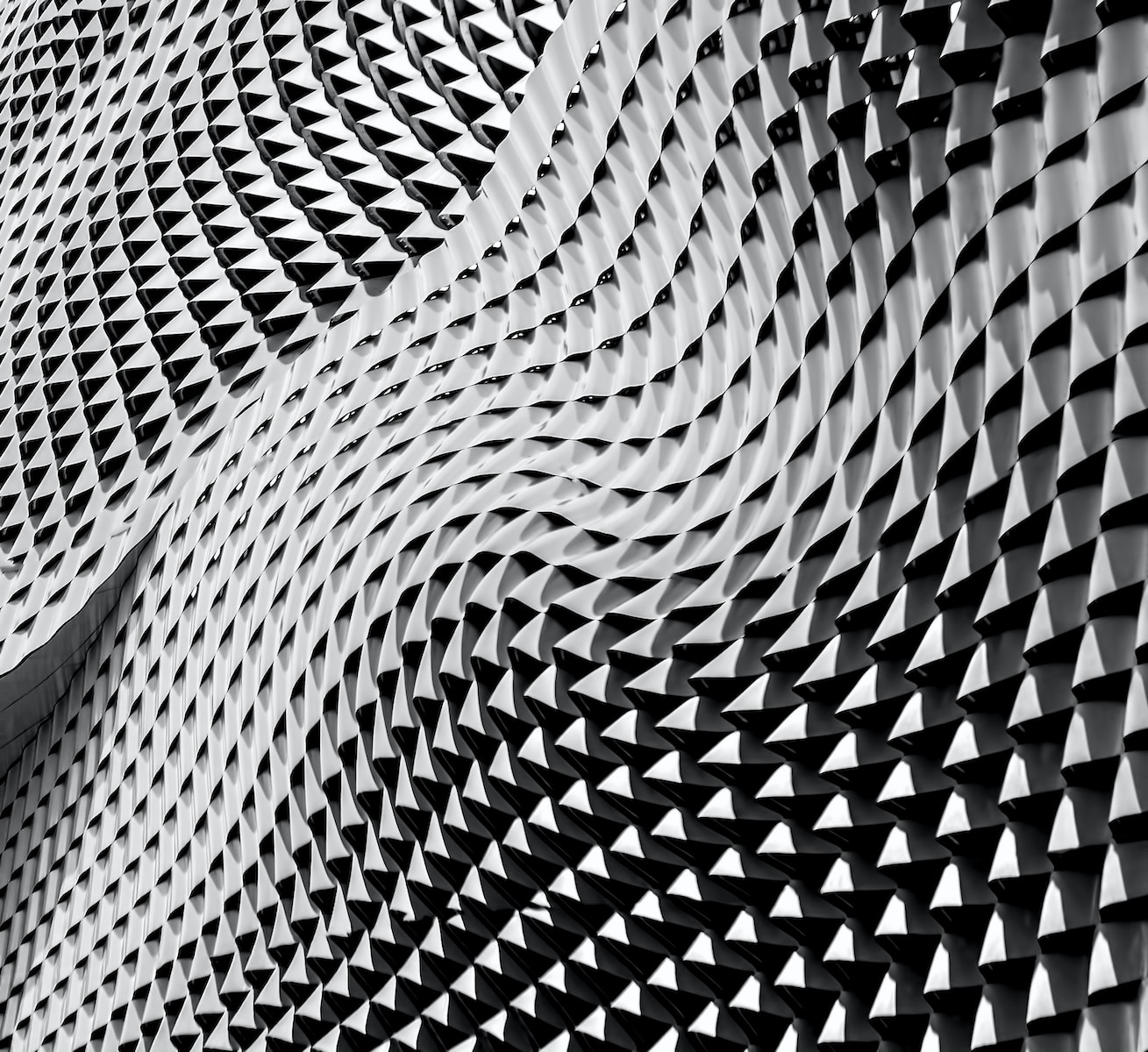Looking to enhance your photography skills? Discover the enchanting world of minimalist photography and learn how to capture stunning images with simplicity. In our blog, “Less is More: The Beauty of Minimalist Photography,” we will delve into the techniques and concepts behind this artistic style. Explore the power of saying more with less and find inspiration to create captivating visual stories. Unleash your creativity and embark on a journey to simplify your photography.
Table of Contents
- The Essence of Minimalist Photography
- Tips and Techniques for Achieving Minimalist Photography
- Frequently Asked Questions
- What is minimalist photography?
- How can I achieve a minimalist look in my photographs?
- What techniques can I use for minimalist photography?
- Do I need a special camera for minimalist photography?
- Where can I find inspiration for minimalist photography?
- What post-processing techniques work well for minimalist photography?
- Are there any recommended resources or books on minimalist photography?
- Wrap Up
The Essence of Minimalist Photography
Minimalist photography is an art form that focuses on simplicity and capturing the essence of a subject. By stripping away distractions and extraneous elements, minimalist photographers emphasize the beauty of their subjects. In a world filled with clutter, minimalist photography stands out as a breath of fresh air, drawing viewers’ attention to the key elements that matter.
Photography Equipment: Less is More
One of the fundamental principles of minimalist photography is the belief that less is more, not only in composition but also in terms of equipment. Rather than relying on a vast array of lenses and accessories, minimalist photographers employ a minimalistic approach, often using just one camera and lens combination. By simplifying their gear, photographers can focus on honing their creative vision and capturing the essence of a scene.
Techniques for Capturing Simplicity
Mastering the art of minimalist photography requires a unique set of techniques that emphasize simplicity and minimalism. By employing techniques such as negative space, clean lines, and minimalistic compositions, photographers can create visually striking images that convey a powerful message with minimal elements. Explore these techniques and uncover how they can transform your photography.
The Role of Light and Shadows
Light and shadows play a crucial role in minimalist photography, adding depth and dimension to the composition. By understanding how to manipulate light and shadows, photographers can create captivating images that evoke emotion and intrigue. Learn the secrets behind using light and shadows effectively in your minimalist photographs and take your images to new heights.
Capturing Emotion with Minimalist Photography
Despite its simplicity, minimalist photography has the power to evoke deep emotions and tell compelling stories. Discover how to use minimalistic elements and composition to convey a wide range of emotions, from serenity and tranquility to loneliness and isolation. Unlock the ability to make your viewers pause and contemplate, inviting them into your photographic world.
Did you know that the concept of minimalism originated from art movements such as minimal art and minimalism in the 1950s and 1960s?
Editing for Minimalism: Less is More
Editing plays a crucial role in achieving the desired minimalist effect in photography. Explore the art of post-processing and discover how to remove distractions, simplify colors, and enhance the minimalistic elements in your photographs. Learn the tips and tricks to create visually impactful images that embody the essence of minimalism.
Minimalist Photography Projects and Challenges
Challenge your creativity and push the boundaries of your photography skills with minimalist photography projects and challenges. Engage with like-minded photographers and explore different themes and techniques that embrace the power of simplicity. Discover the joy of exploring the world through minimalist lenses and capture stunning images that stand out from the crowd.
Minimalist Photography Inspirations
Seeking inspiration? Dive into the works of renowned minimalist photographers who have mastered the art of simplicity. Explore their captivating portfolios and gain insights into their creative process. Find inspiration in their unique perspectives and use their innovative techniques to elevate your minimalist photography game.
Embark on a journey of artistic exploration and dive into the world of minimalist photography. Discover how simplicity can convey depth, emotion, and beauty in your images. Start capturing stunning minimalist photographs that speak volumes with just a few carefully curated elements. Join us on this captivating visual adventure and unleash your creative potential.

Tips and Techniques for Achieving Minimalist Photography
Minimalist photography is all about capturing the essence of your subject using simple and uncluttered compositions. By stripping away unnecessary distractions, you can create powerful and visually striking images that convey your message with maximum impact. In this guide, we will explore some effective techniques to help you master the art of minimalist photography.
1. Embrace Negative Space
One of the key elements of minimalist photography is the use of negative space. Negative space refers to the empty areas surrounding your subject, which helps draw focus to the main element in your composition. Incorporating ample negative space allows your subject to stand out, making a strong visual statement. Experiment with different compositions and give your subject room to breathe.
2. Simplify Your Composition
In minimalist photography, simplicity is paramount. Keep your compositions clean and clutter-free by removing any elements that don’t contribute to your intended message. Consider using a plain background or removing distracting objects from the frame. This technique helps direct the viewer’s attention to the main subject, allowing it to take center stage.
3. Focus on Form and Shape
Minimalist photography often emphasizes the shapes and forms within a scene. Look for interesting shapes, lines, or curves that create visually striking compositions. Experiment with different angles and perspectives to highlight these elements and create visually dynamic images. Remember, sometimes a single strong shape can speak louder than a complex scene.
4. Play with Light and Shadows
Lighting is crucial in any form of photography, and minimalist photography is no exception. Utilize natural or artificial light sources to create interesting patterns, textures, and shadows in your images. Play with the interplay between light and shadow to add depth and dimension to your photographs, highlighting the beauty of simplicity.
5. Tell a Story with Minimalism
Minimalist photography doesn’t have to be devoid of emotion or storytelling. In fact, it can create a sense of intrigue and evoke a strong emotional response. Think about the message you want to convey and how you can tell a story with minimal elements. Use minimalistic compositions to create a narrative, allowing viewers to fill in the gaps and engage with your image on a deeper level.
By applying these techniques and mastering the art of minimalist photography, you can create visually stunning images that captivate and inspire. Remember, less is more, and simplicity can be the key to unlocking the true beauty of your photographs.
Frequently Asked Questions
What is minimalist photography?
Minimalist photography is a style that focuses on simplicity and reducing elements to their essential forms. It emphasizes clean lines, negative space, and a minimal color palette, allowing the subject to stand out more prominently.
How can I achieve a minimalist look in my photographs?
To achieve a minimalist look in your photographs, start by decluttering the scene and removing any distracting elements. Simplify the composition by using clean lines and focusing on a single subject. Experiment with negative space and a limited color palette to enhance the minimalist feel.
What techniques can I use for minimalist photography?
There are several techniques you can use for minimalist photography. Some popular ones include using leading lines, symmetry, and patterns to create a sense of order and simplicity. You can also explore the use of negative space, minimal color schemes, and selective focus to highlight the subject.
Do I need a special camera for minimalist photography?
No, you don’t need a special camera for minimalist photography. You can create minimalist photographs using any camera, even a smartphone. The key is to focus on composition, lighting, and subject placement to achieve the desired minimalist aesthetic.
Where can I find inspiration for minimalist photography?
There are many places to find inspiration for minimalist photography. Start by studying the works of renowned minimalist photographers. You can also explore minimalist art, architecture, and design for inspiration. Additionally, nature and urban environments can provide ample opportunities for capturing minimalist scenes.
What post-processing techniques work well for minimalist photography?
In post-processing, you can enhance your minimalist photographs by adjusting exposure, contrast, and clarity to bring out the desired minimalistic elements. Consider converting your images to black and white or using a desaturated color palette to further emphasize simplicity. Experiment with cropping to refine the composition and remove any remaining distractions.
Are there any recommended resources or books on minimalist photography?
Yes, there are several resources and books available to help you delve deeper into the art of minimalist photography. Some recommended titles include “The Minimalist Photographer” by Steve Johnson and “Minimalist Photography: Tips and Techniques” by Joel Tjintjelaar. You can also find valuable insights and inspiration by following minimalist photography blogs and communities online.
Wrap Up
In conclusion, minimalism in photography offers a unique way to capture the essence of a subject while conveying a message with simplicity and elegance. By embracing the “less is more” approach, you can create powerful and captivating visuals that leave a lasting impact on your viewers.
Remember to experiment with different techniques such as negative space, clean lines, and a limited color palette to enhance the minimalist effect in your photographs. As a photographer, strive to find beauty in simplicity and showcase it through your lens.
We hope this blog post inspires you to explore the art of minimalist photography. Feel free to leave a comment below and share your thoughts, experiences, or any other techniques you have found successful in creating minimalist photographs. We’d love to hear from you!



